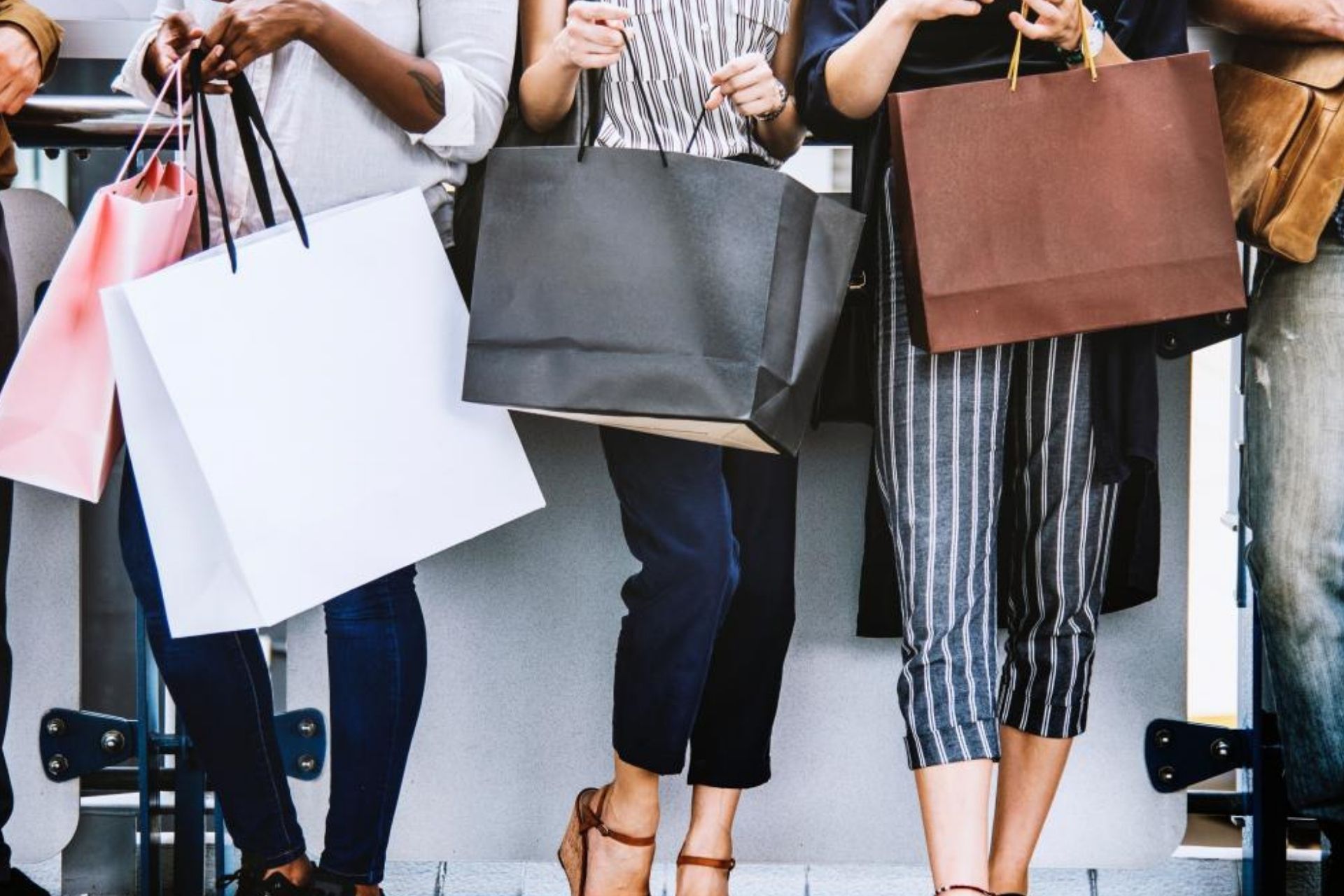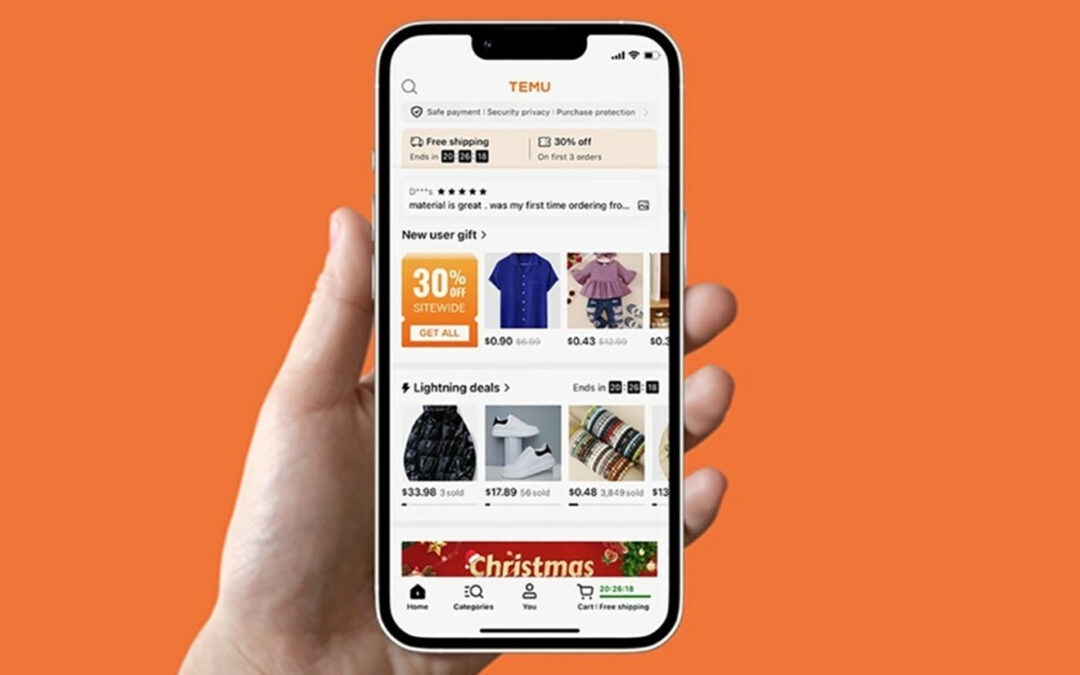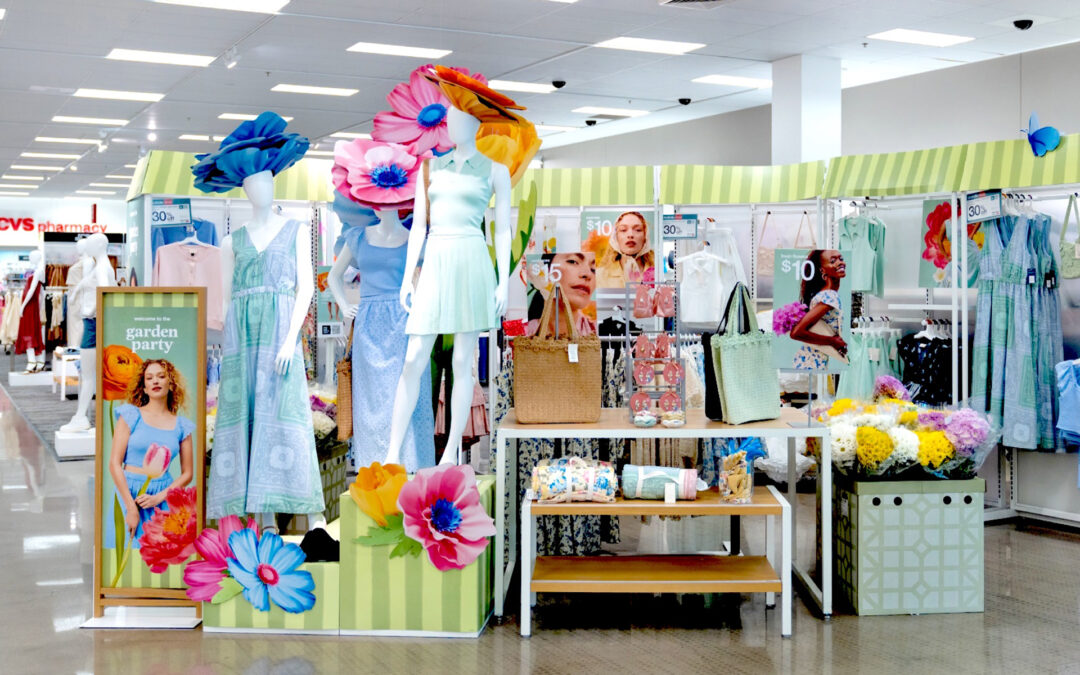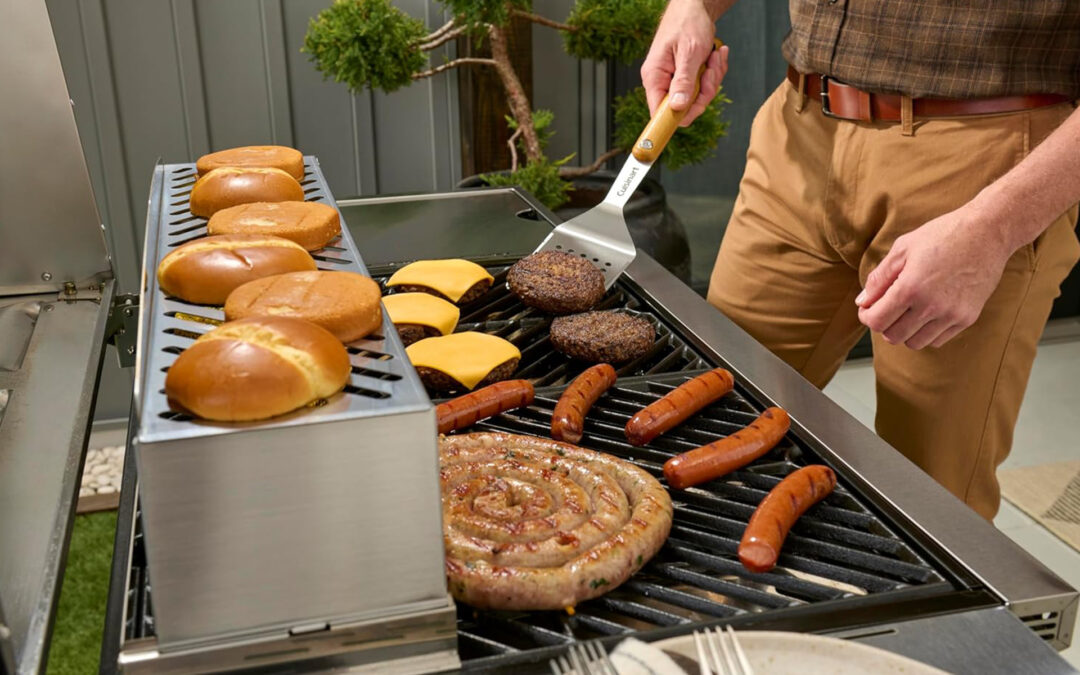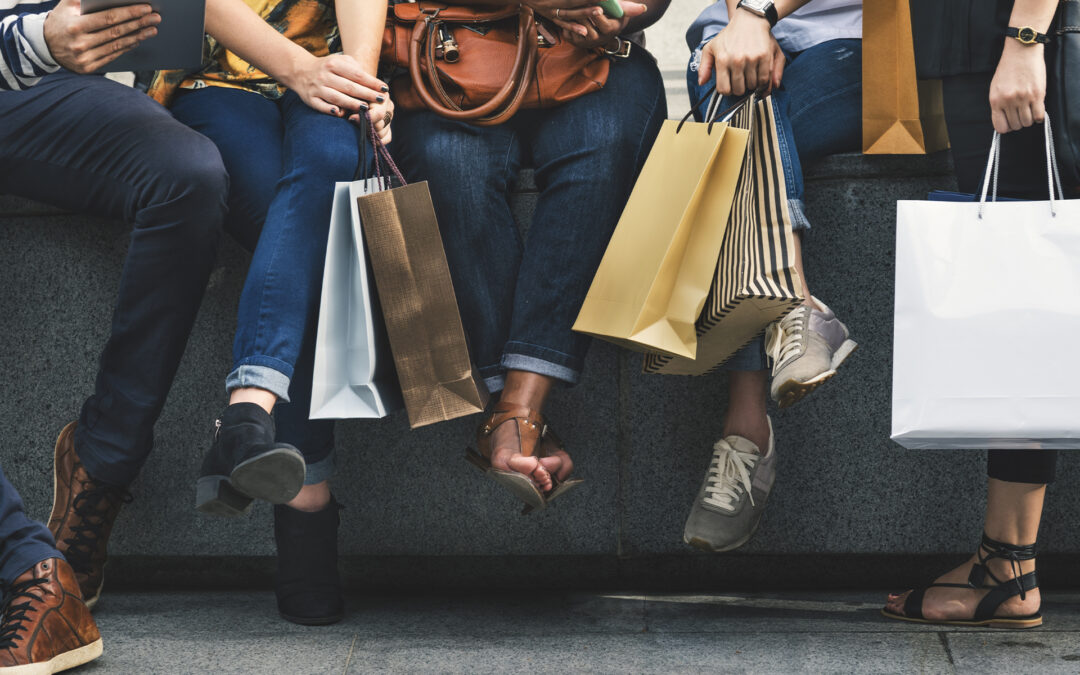According to Mastercard SpendingPulse, total March retail sales — including in-store and online numbers across all forms of payment but excluding auto — increased 8.4% year-over-year and 18% compared to pre-pandemic spending in 2019, not adjusted for inflation.
Results in the March SpendingPulse study reveal a diversification of consumer spending across sectors and channels, exemplified by MasterCard as:
- Goods and Services. Airline spending took off as an anticipated return to travel drove airline growth, up 44.8% versus March 2021. Restaurants, up 19.1% and Lodging, up 46.4% also had a good March year over year. Still, the increase in services didn’t halt spending on goods in March with Luxury, up 27.1%, Apparel, up 16%, and Department Stores, up 14%, versus the year-earlier month.
- In-Store and Online. In-store sales continued to rebound, up 11.2% year over year, and they are up 9.4% compared to March 2019. Even if e-commerce declined year over year, down 3.3%, it still advanced 83.7% versus pre-pandemic levels.
- Surf and Ski. Hawaii, up 12.9%, Wyoming, up 12.2%, Colorado, up 11%, Florida, up 9.7%, and Texas, up 9.1%, topped the list of states with the strongest tourism annum over annum growth rates in March. Hawaii experienced the strongest March growth rate as the state has increased in popularity among many honeymooners and tourists looking to escape while remaining in the United States.
- Fueling Up and Getting Out. Fuel and Convenience spending saw growth rates above 40% versus March 2021 across most of the month. Inflation drove much of the increase at the pump, but consumer mobility has continued to recover as commuter traffic and leisure travel picked up.
“Retail sales remain strong but are stabilizing as consumers resume spending on passion areas like travel, live entertainment, indoor dining and other in-person activities,” said Steve Sadove, senior advisor for Mastercard and former CEO and chairman of Saks Inc., in announcing the SpendingPlus study results. “After nearly two years of cautious optimism around the broader reopening, it’s a healthy sign that consumers are returning to a balanced level of spending across retail sectors and services.”

